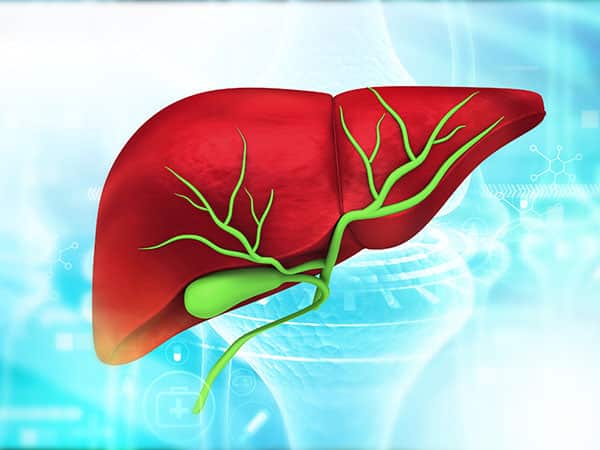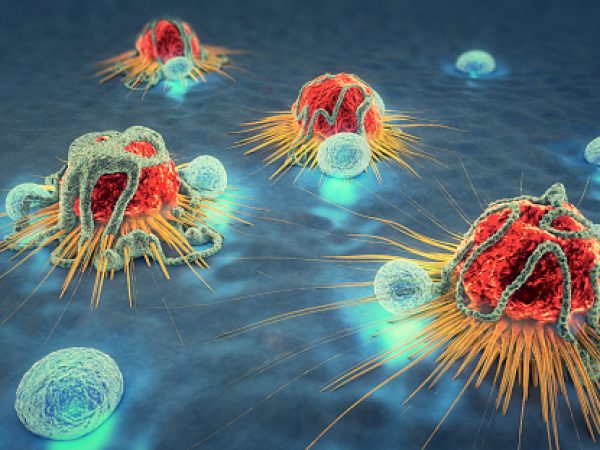Differences and Disparities in Cancer
Guest Post by William G. Nelson, MD, PhD
Editor-in-Chief, Cancer Today
Nearly 1.7 million new cancer cases and roughly 600,000 cancer deaths are expected in the United States in 2017. The good news is that this reflects an ongoing 1.5 percent annual decline in cancer death rates, likely having resulted in over 2 million fewer cancer deaths from 1991 to 2014.
The more troubling news is that cancer does not affect all equally.
African-Americans have cancer death rates 15 percent higher than Caucasians. Asian/Pacific Islanders, American Indian/Alaska Natives, and Hispanics have higher risks of cancers attributable to chronic infections. Finally, low-income people disproportionately die from cancer.
Differences among individuals can provide clues to why cancer arises and how it might be better prevented or treated. Inherited genes and environmental exposures both contribute. Genetic and environmental factors interact to generate individual differences in cancer risk. As an example, light-skinned Caucasian-Americans exposed to large amounts of ultraviolet radiation from sunlight are prone to develop melanomas and nonmelanoma skin cancers, while darker-skinned African-Americans develop fewer skin cancers, whether sun-exposed or not. These differences in skin cancer risk can be attributed both to genes controlling skin pigmentation and to environmental exposures to ultraviolet light.
For prostate cancer, differences in incidence and mortality rates among races and ethnic groups are not as easily explained. Prostate cancer death rates for African-American men are almost 2.3 times greater than those for Caucasian-American men. Studies of prostate cancer biology hint that genetic and environment differences may account for some of the discrepancy. But inequities in health care access also are almost certainly at fault.
Disparities in access to and use of high-quality health care reflect injustices that should not be tolerated. Cancer disparities can be rooted in inadequate insurance coverage or inability to pay for care, lack of proximity to health care services, low health literacy, reduced trust in providers and the health care system, provider biases and prejudices, overt discrimination, and poor-quality care.
Resolutely targeting cancer disparities can yield spectacular results. Colorectal cancer death rates historically tend to be higher for African-Americans than Caucasians in the U.S., and disparities are the likely culprit. Confronting the challenge, former Delaware Governor Ruth Ann Minner and the state legislature launched a colorectal cancer screening program in 2002, ultimately allocating funds so that all state residents, including the uninsured, would have access to both screening and treatment. By 2009, colorectal cancer screening rates in Delaware had increased from 57 to 74 percent in people 50 and older. Screening rates were similar in African-Americans and Caucasians, fewer colorectal cancers were diagnosed at advanced stages, and the disparity in colorectal cancer mortality between African-Americans and Caucasians had been nearly eliminated.
The current president of the American Association for Cancer Research (AACR), Michael A. Caligiuri, MD, has made cancer health equity a major priority for his yearlong tenure. The AACR, which publishes Cancer Today, now boasts more than 37,000 members, with expertise spanning all aspects of cancer research and care. It’s the perfect organization to explore the reasons for differences in cancer incidence and mortality rates and to illuminate the disparities in health care that must be overcome.
William G. Nelson, MD, PhD, is the editor-in-chief of Cancer Today, the quarterly magazine for cancer patients, survivors, and caregivers published by the American Association for Cancer Research. Nelson is the Marion I. Knott professor of oncology and director of the Sidney Kimmel Comprehensive Cancer Center at Johns Hopkins in Baltimore. You can read his complete column in the summer 2017 issue of Cancer Today.




